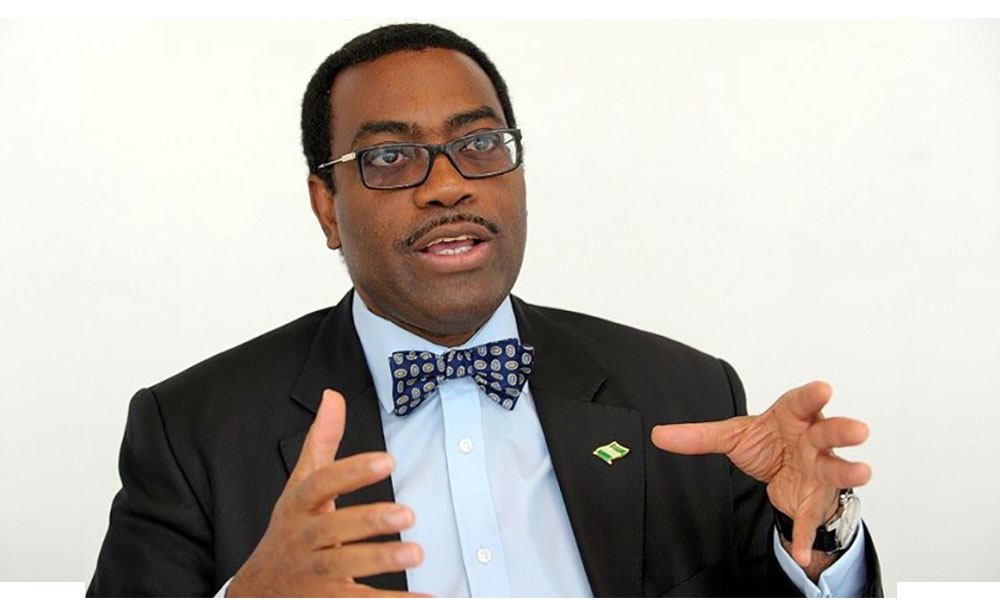Nigeria’s Business Performance Index climbed to +12.29 in April 2025, up from +6.58 in March, signaling renewed business confidence and sustained private sector growth despite lingering economic challenges. The latest NESG-Stanbic IBTC Business Confidence Monitor, released in May, highlights gradual improvements in operational activity and macroeconomic conditions as key drivers of this cautious optimism.
While the rise points to a positive shift in sentiment, the report warns that businesses continue to face serious structural barriers. Chief among these is inadequate power supply, which remains the top constraint to expansion. Other persistent challenges include soaring commercial rents, restricted access to finance, unclear policy directions, and forex shortages.
In sectoral analysis, the manufacturing industry posted a modest increase in confidence, with a BCM Index of +8.78 in April, up slightly from +8.25 in March. This reflects the sector’s resilience in the face of insufficient production space, rising insecurity, and high operational costs. Manufacturers, the report noted, remained extremely cautious in production planning as a way to avoid potential losses linked to Nigeria’s volatile business climate.
Despite these constraints, businesses remain optimistic about the short-term outlook. The Future Business Expectation Index for the next one to three months rose marginally to +28.98 in April, from +28.04 in March. Confidence was strongest in the Trade and Non-Manufacturing sectors, where firms expect slight gains in demand and profitability.
Key performance indicators support this positive sentiment. The Production Index stood at +59.41, Export Index at +24.00, Operating Profit Index at +73.73, Cash Flow Index at +78.62, and the Employment Index at +53.31—all pointing to projected improvements in financial health, liquidity, and job creation.
However, the report emphasizes that Nigeria’s economic recovery remains fragile. High inflation, steep interest rates, and subdued consumer spending continue to pose risks to sustained growth. It urges policymakers to urgently address structural weaknesses—particularly in electricity supply, monetary policy coherence, and financial access—if the private sector is to maintain its upward momentum through the rest of 2025.










